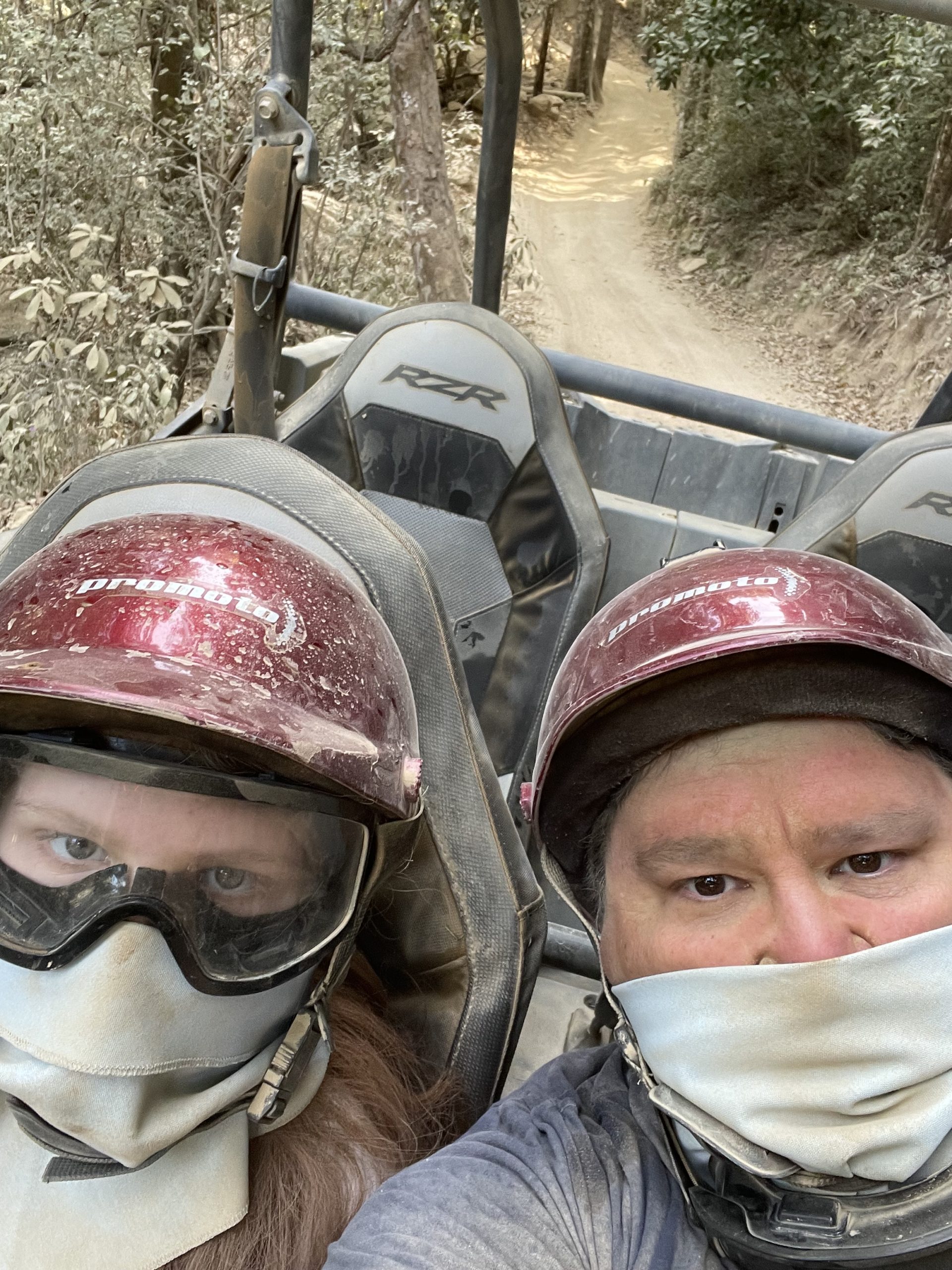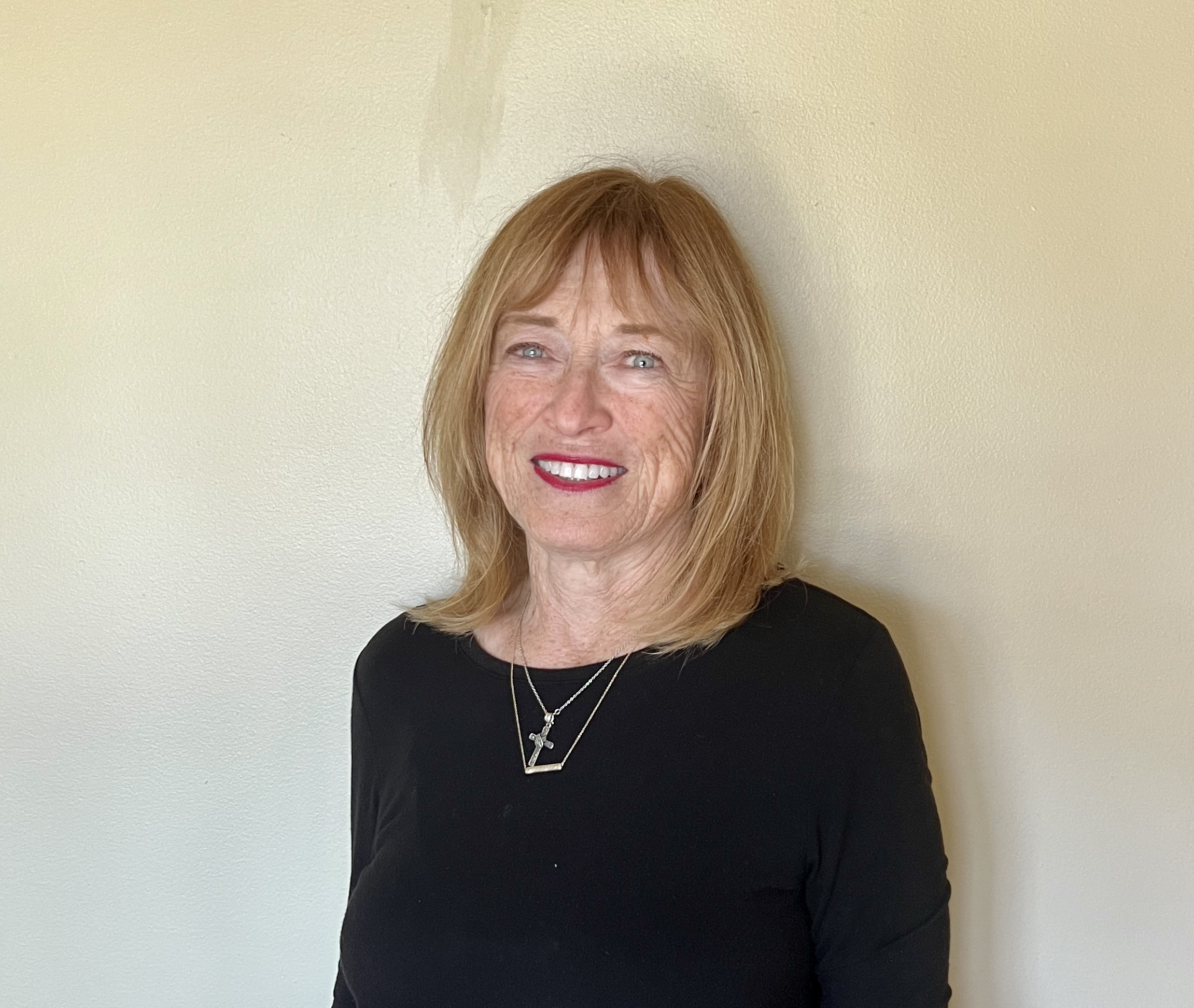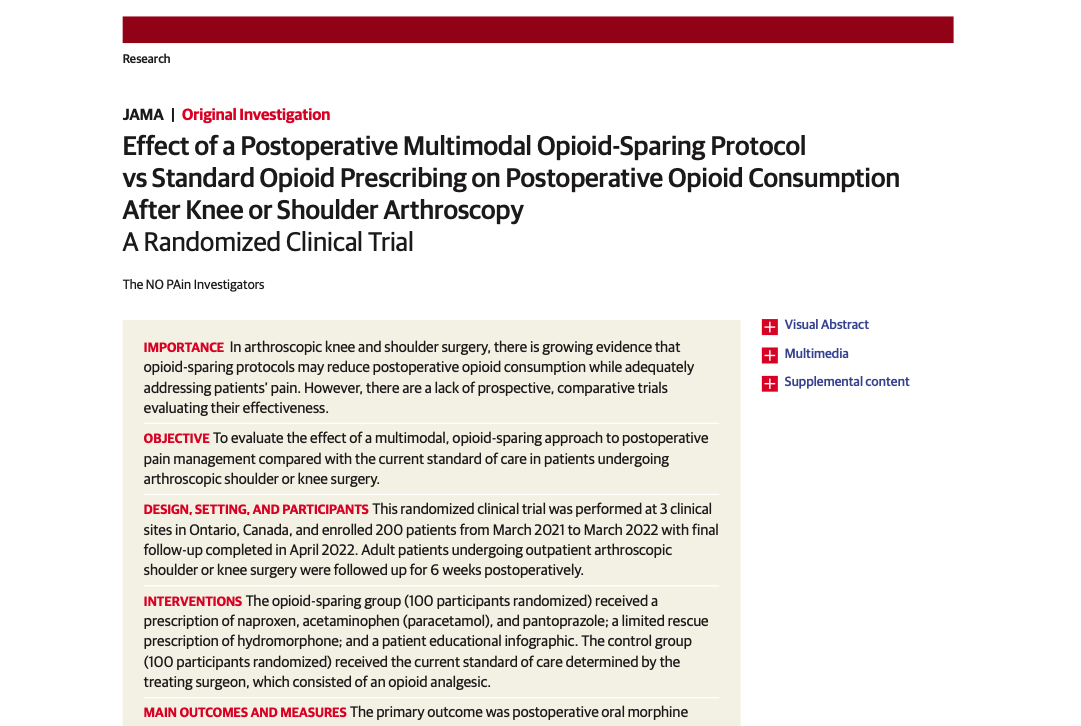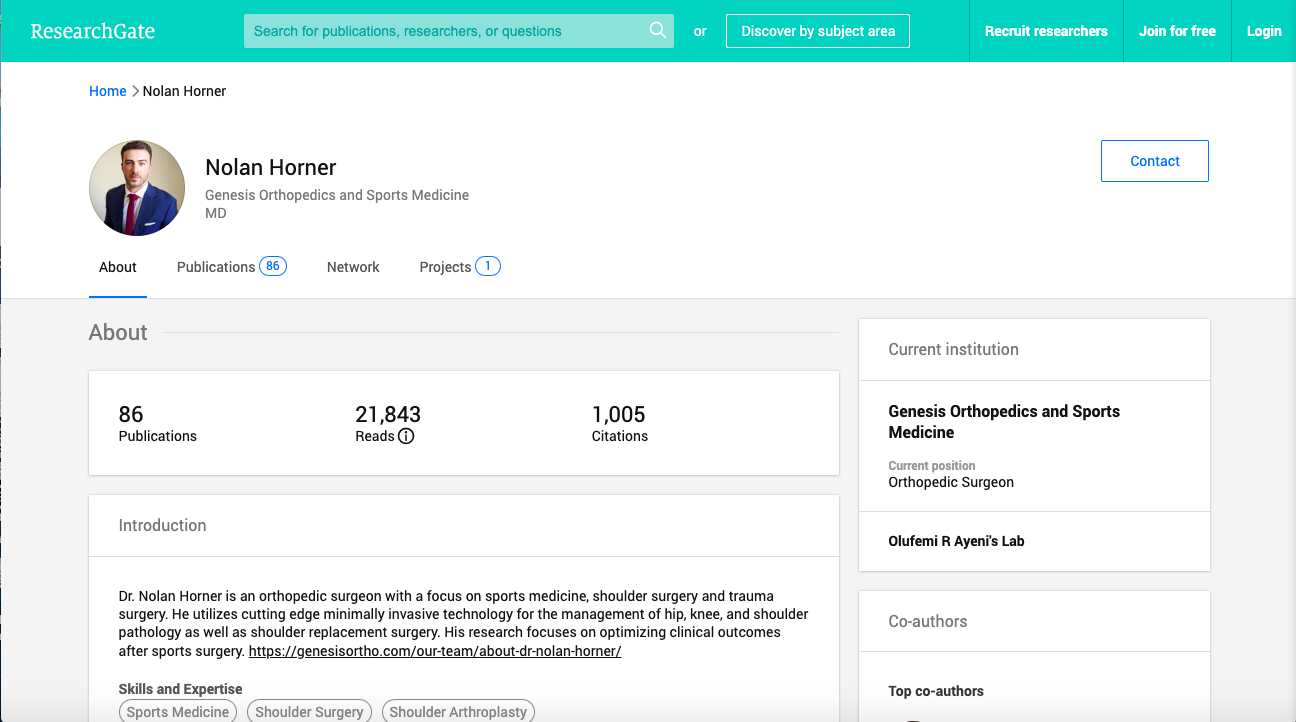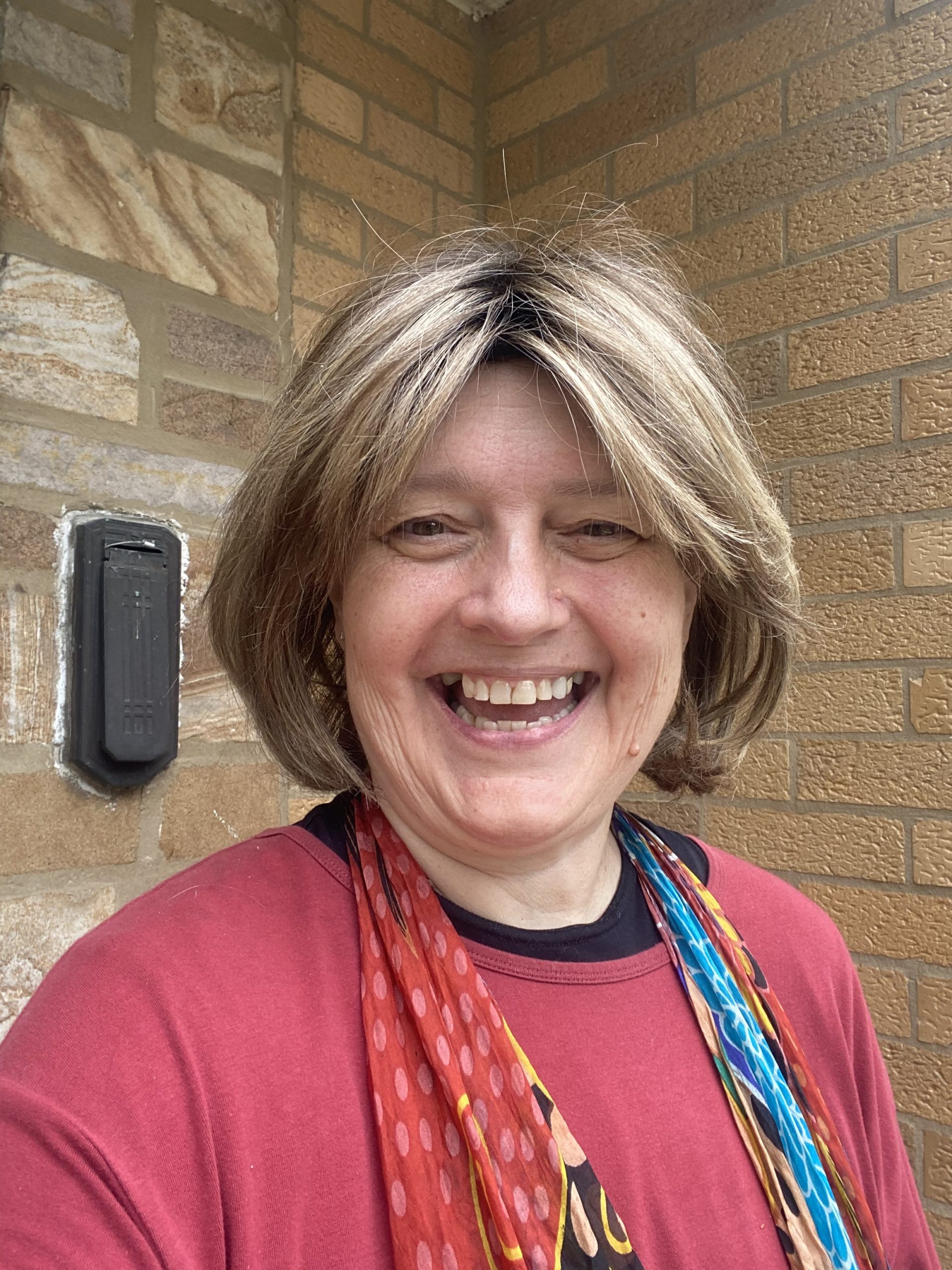Meet Genesis’ May patient of the month, Brian Vogelsinger! Brian is an air traffic controller at Chicago Enroute Center, as well as an accomplished athlete. He has competed in marathons, triathlons, and Ironman. Unfortunately, he sustained a painful running injury this past year; luckily, he knew of Genesis, and got the care he needed to properly heal!
Brian had a shoulder injury back in 2009, and worked with Dr. Shadid then for a joint resection procedure. He had a great experience, so when another injury came up this past year, he knew right away where to go for care.
This time, Brian worked with Elliot to figure out what was causing lingering pain and inflammation weeks after an injury. He was pleased that Elliot took the time to talk through everything that he was experiencing and felt that he gave him more time and attention than many providers do. An MRI showed that Brian had a stress fracture in his sacrum – a rare injury that was difficult to diagnose. Brian was grateful to know what was causing the lasting pain, and was able to continue physical therapy, take anti-inflammatories, and ease carefully back into regular activity to ensure the fracture healed as quickly as possible.
Brian is now back to his regular training, and looking forward to competing in a few triathlons and the Chicago marathon later this year. When asked about his experience at Genesis, Brian relayed that he would definitely recommend them to friends and family; he was able to be seen quickly, was impressed with the friendly staff, and was happy to have all his questions answered. Brian says, “Elliot is awesome. It’s like talking to a friend.”
We are so happy that Brian is back in action. Thank you for choosing Genesis!

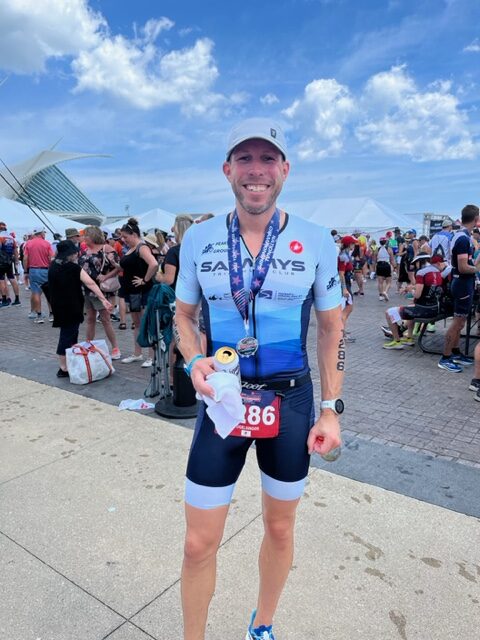
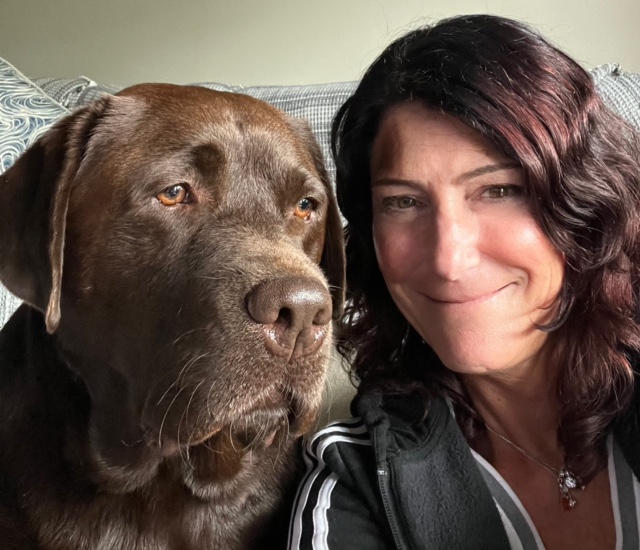
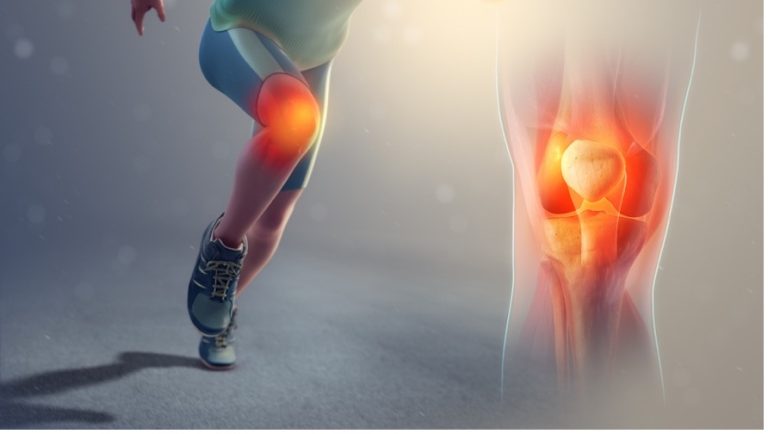

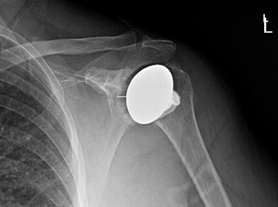




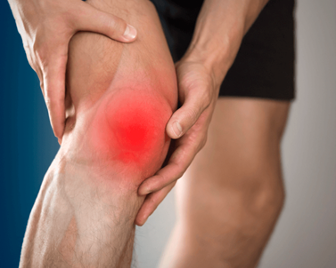
 2. How is arthroscopic meniscal surgery performed?Arthroscopic meniscal surgery is usually performed under general anesthesia. During the procedure, the surgeon makes two small incisions around the knee and inserts a small camera, called an arthroscope, into the joint. The camera allows the surgeon to view the inside of the knee on a monitor, and small surgical instruments can be inserted through the other incisions to repair or remove the damaged tissue
2. How is arthroscopic meniscal surgery performed?Arthroscopic meniscal surgery is usually performed under general anesthesia. During the procedure, the surgeon makes two small incisions around the knee and inserts a small camera, called an arthroscope, into the joint. The camera allows the surgeon to view the inside of the knee on a monitor, and small surgical instruments can be inserted through the other incisions to repair or remove the damaged tissue 